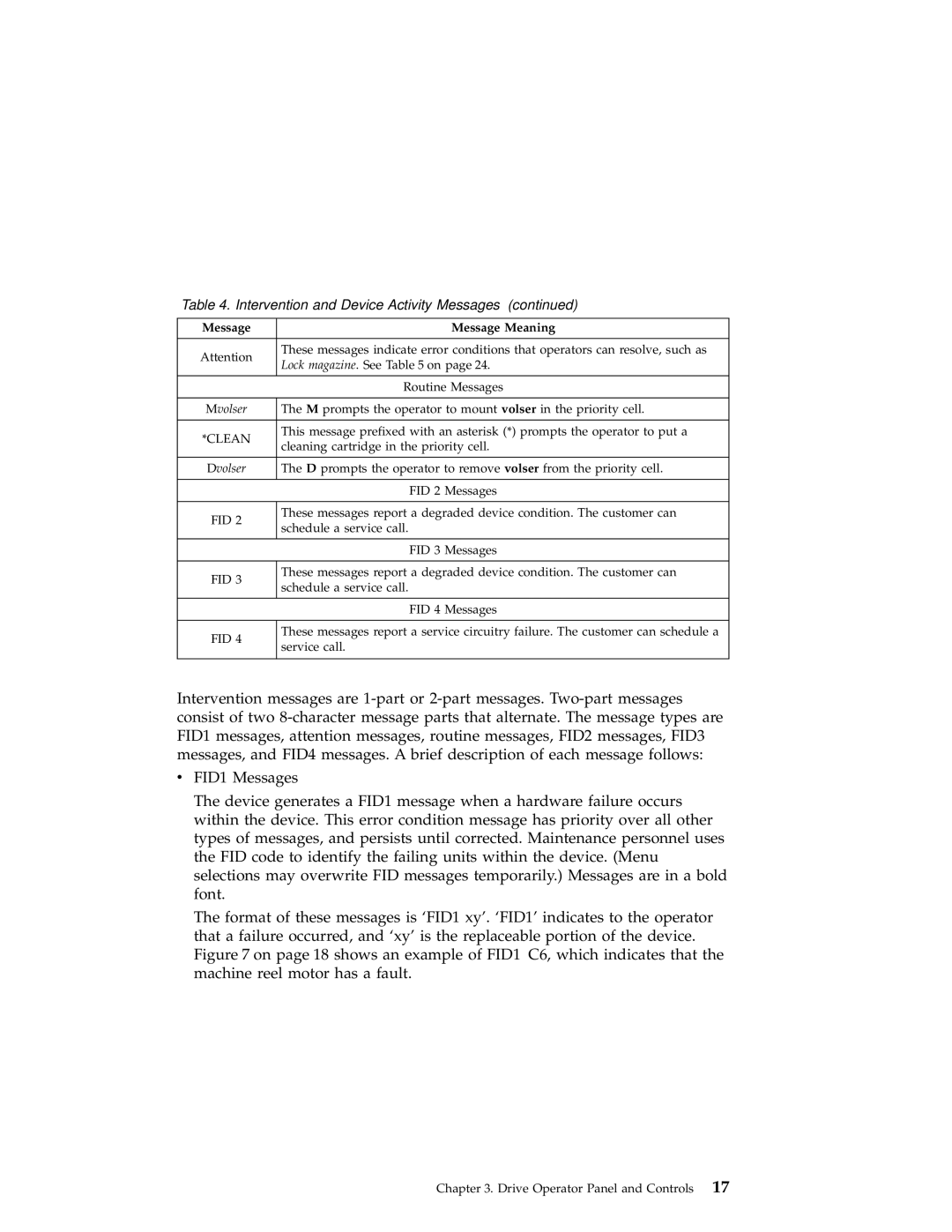Table 4. Intervention and Device Activity Messages (continued)
Message | Message Meaning | |
|
| |
Attention | These messages indicate error conditions that operators can resolve, such as | |
Lock magazine. See Table 5 on page 24. | ||
| ||
|
| |
| Routine Messages | |
|
| |
Mvolser | The M prompts the operator to mount volser in the priority cell. | |
|
| |
*CLEAN | This message prefixed with an asterisk (*) prompts the operator to put a | |
cleaning cartridge in the priority cell. | ||
| ||
|
| |
Dvolser | The D prompts the operator to remove volser from the priority cell. | |
|
| |
| FID 2 Messages | |
|
| |
FID 2 | These messages report a degraded device condition. The customer can | |
schedule a service call. | ||
| ||
|
| |
| FID 3 Messages | |
|
| |
FID 3 | These messages report a degraded device condition. The customer can | |
schedule a service call. | ||
| ||
|
| |
| FID 4 Messages | |
|
| |
FID 4 | These messages report a service circuitry failure. The customer can schedule a | |
service call. | ||
| ||
|
|
Intervention messages are
vFID1 Messages
The device generates a FID1 message when a hardware failure occurs within the device. This error condition message has priority over all other types of messages, and persists until corrected. Maintenance personnel uses the FID code to identify the failing units within the device. (Menu selections may overwrite FID messages temporarily.) Messages are in a bold font.
The format of these messages is ‘FID1 xy’. ‘FID1’ indicates to the operator that a failure occurred, and ‘xy’ is the replaceable portion of the device. Figure 7 on page 18 shows an example of FID1 C6, which indicates that the machine reel motor has a fault.
Chapter 3. Drive Operator Panel and Controls 17
